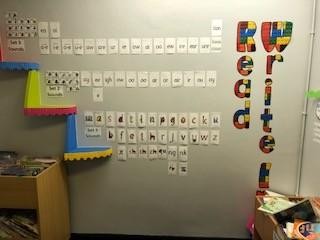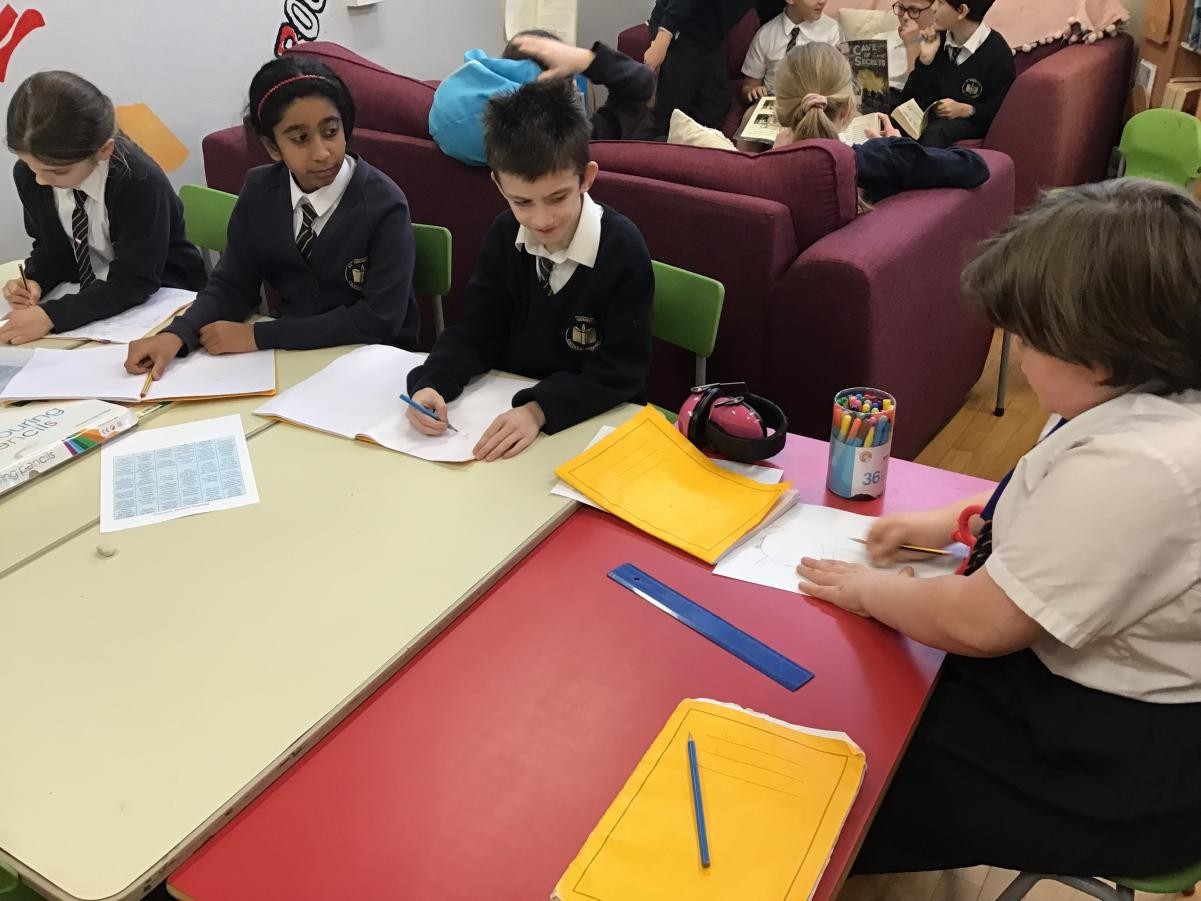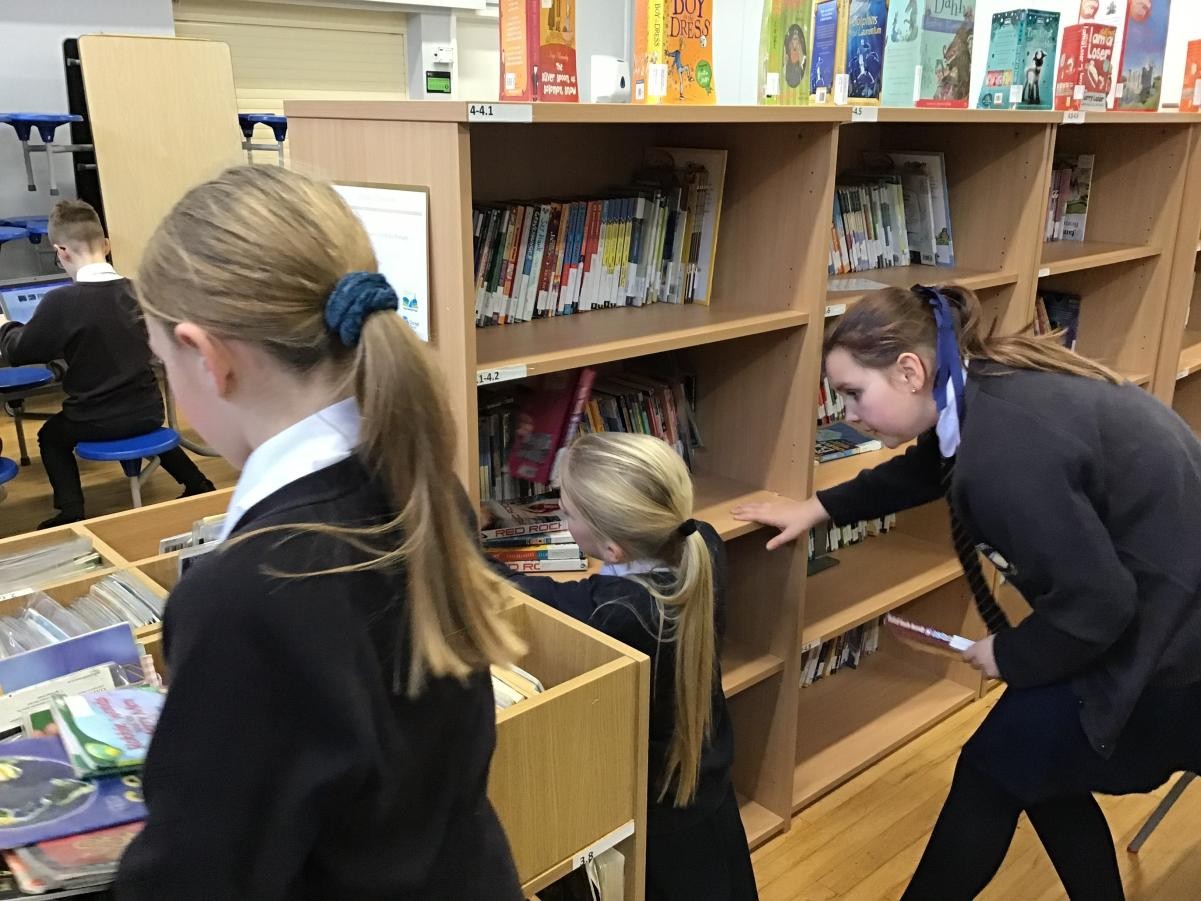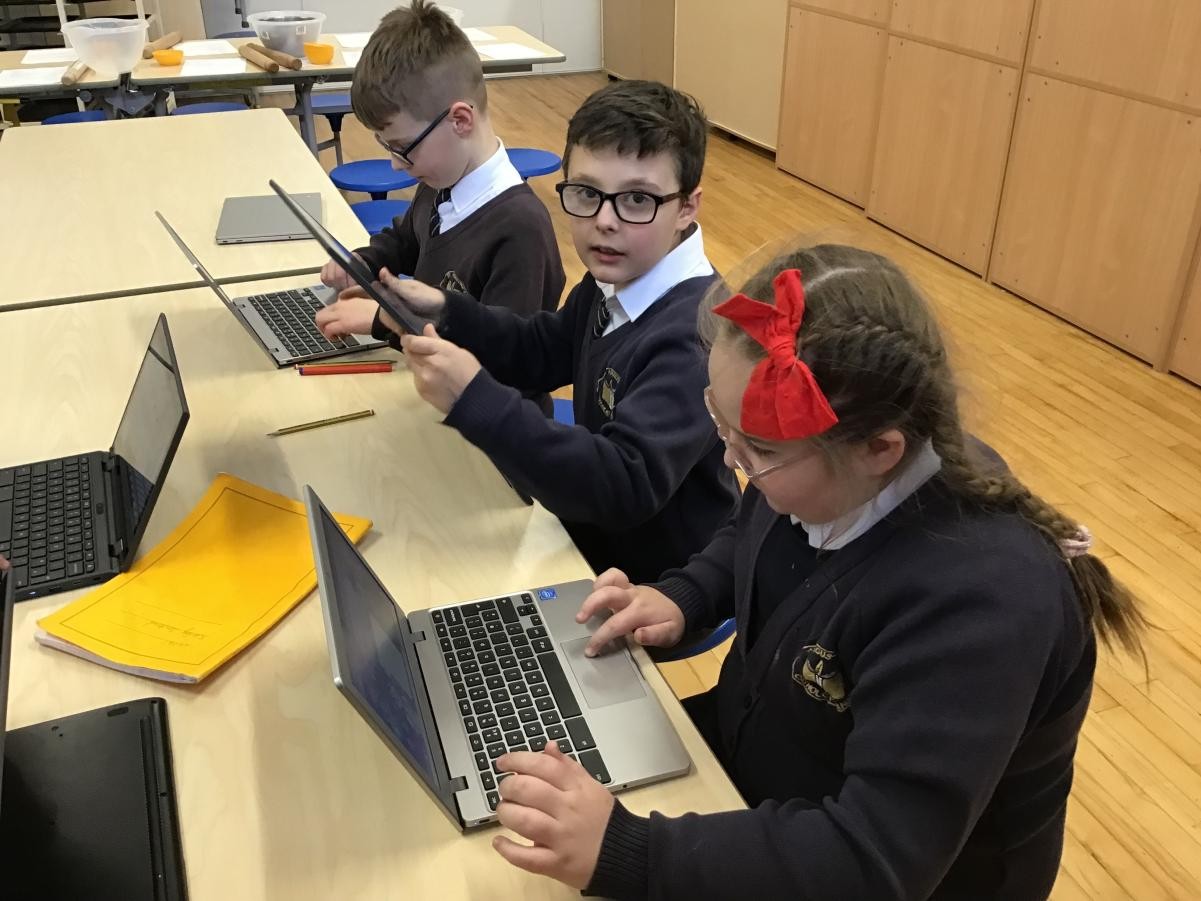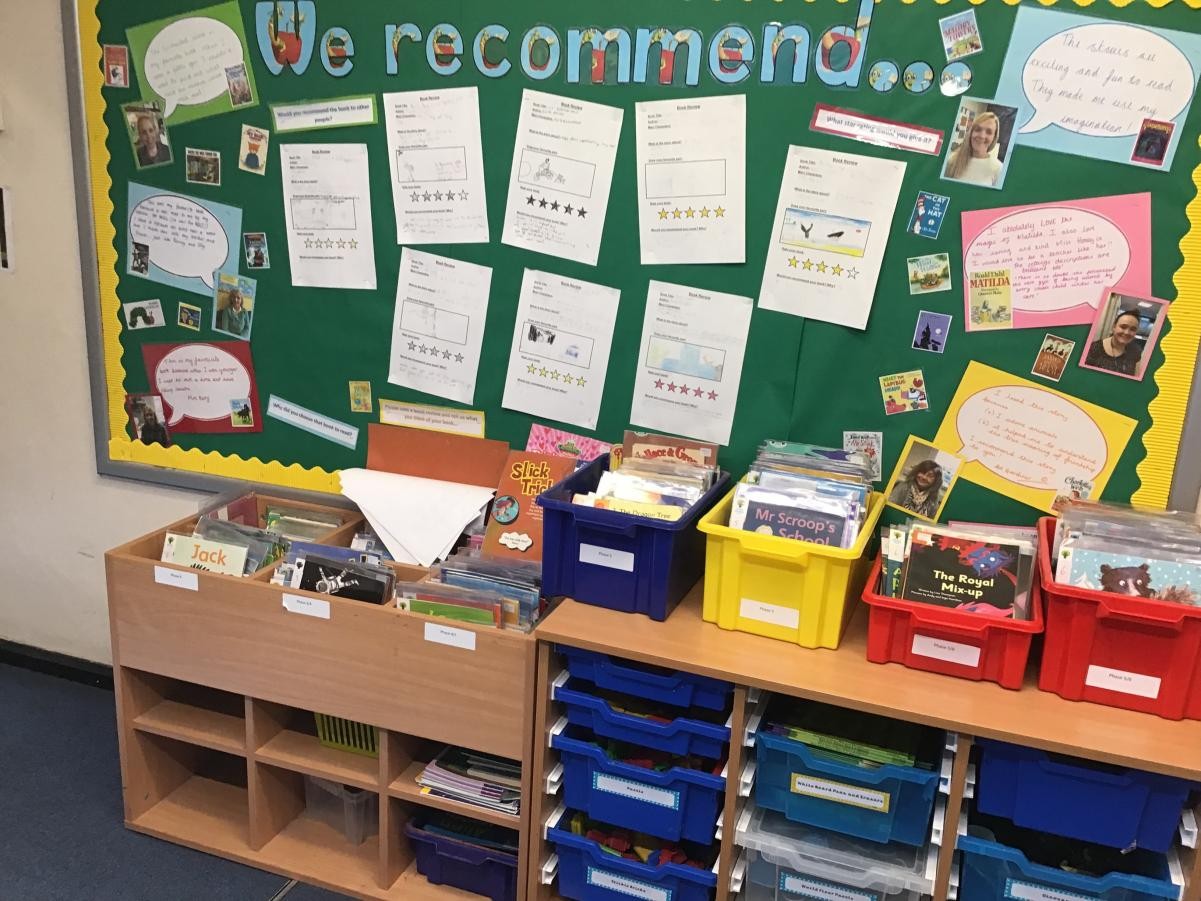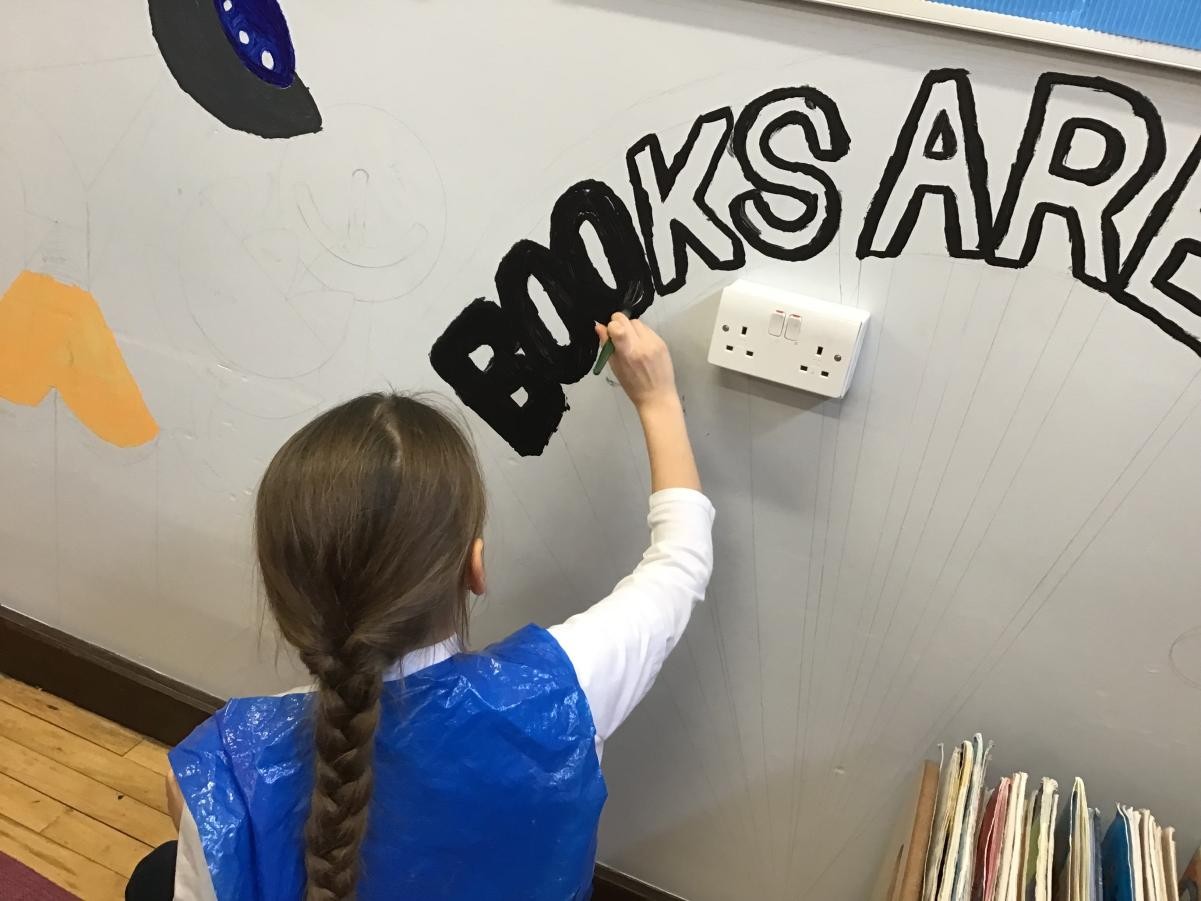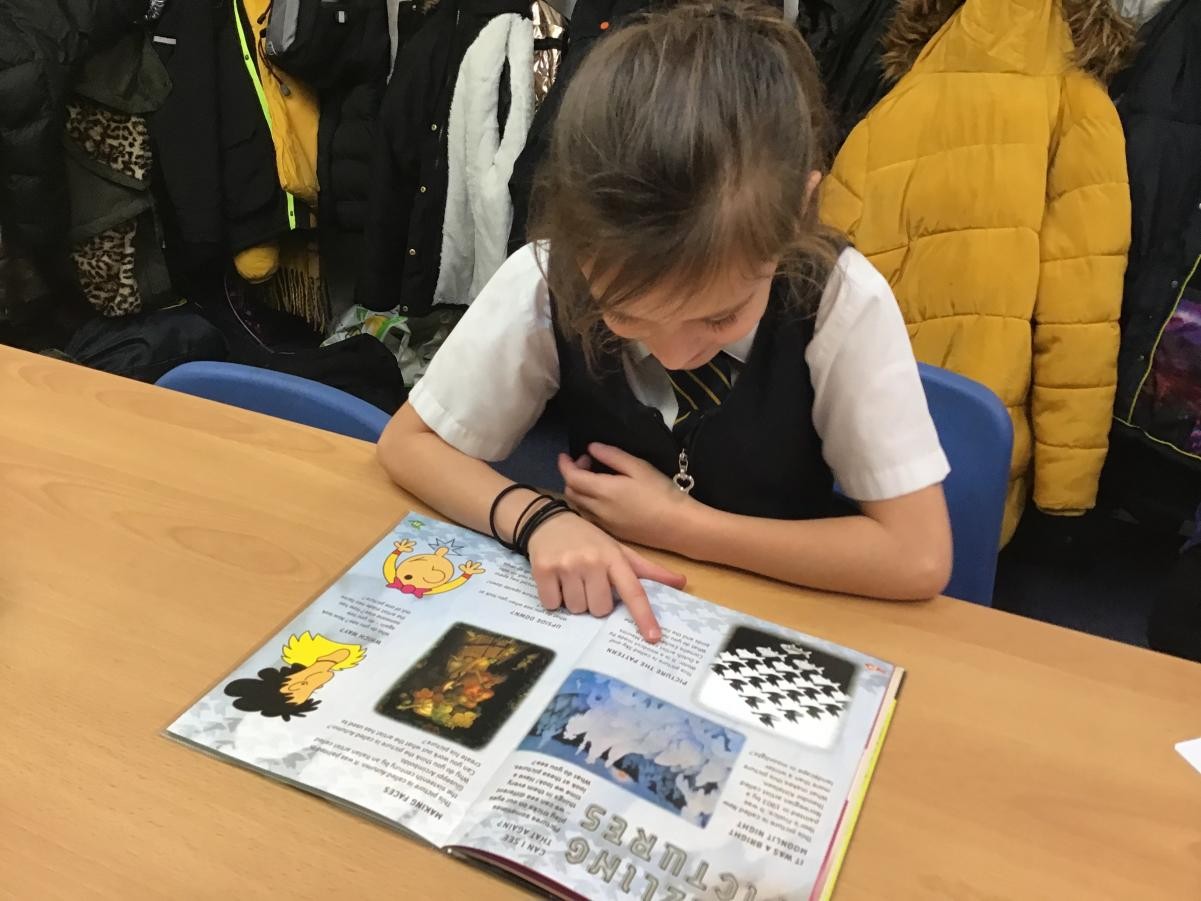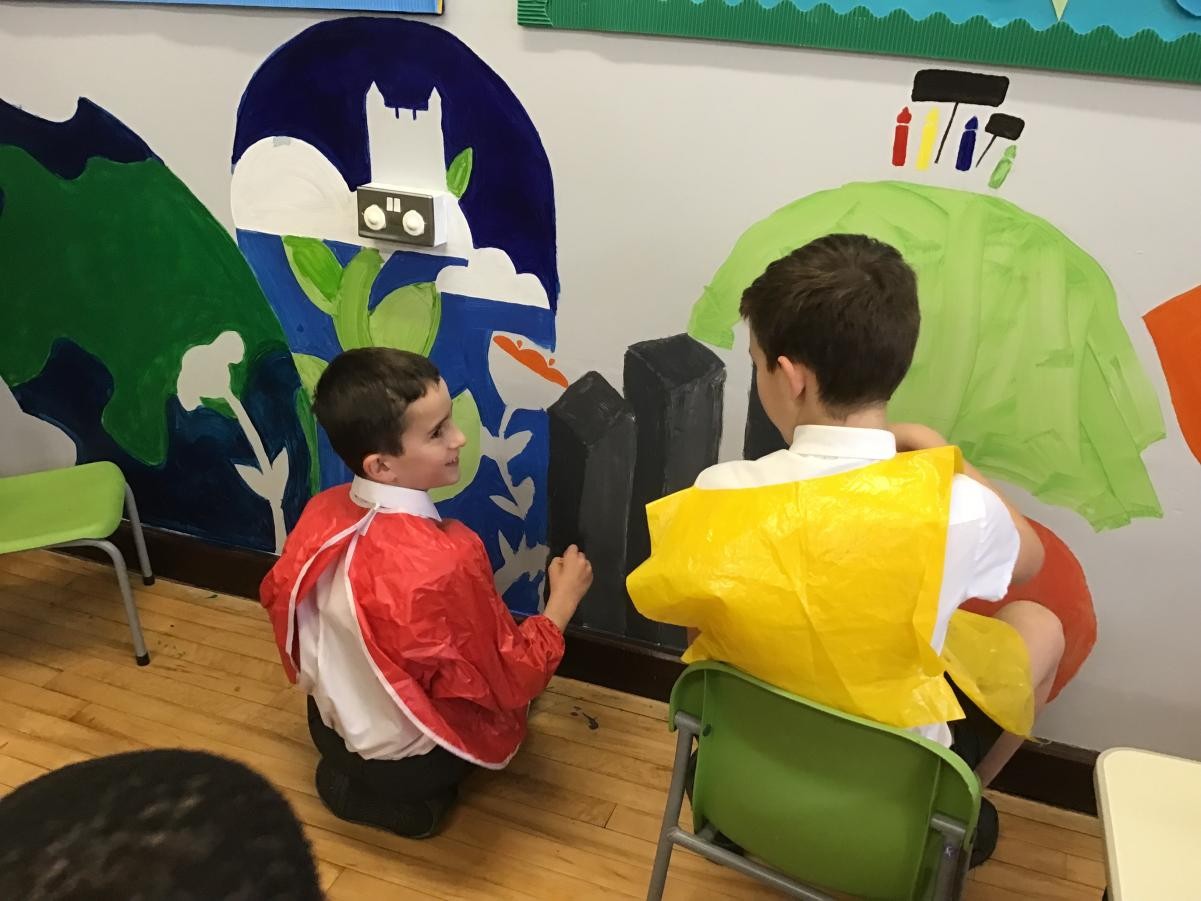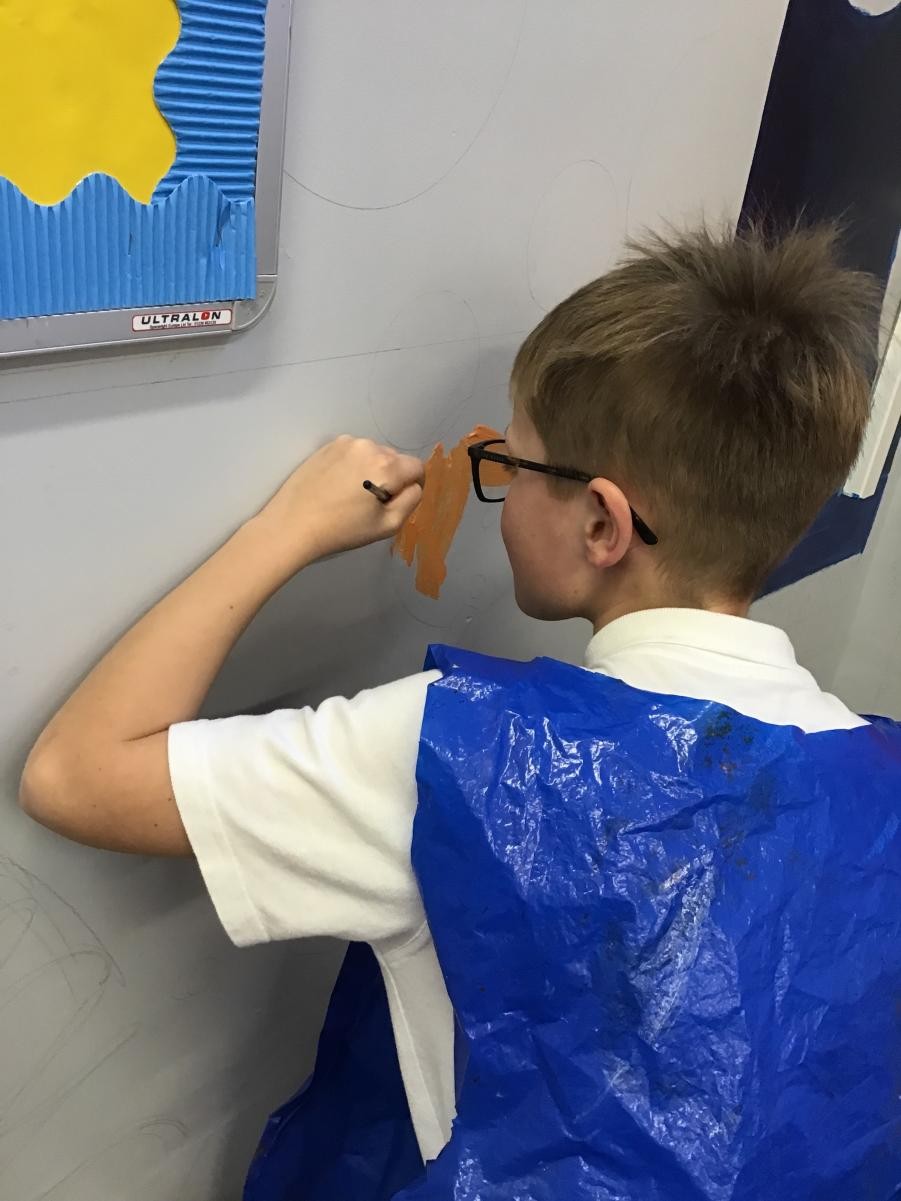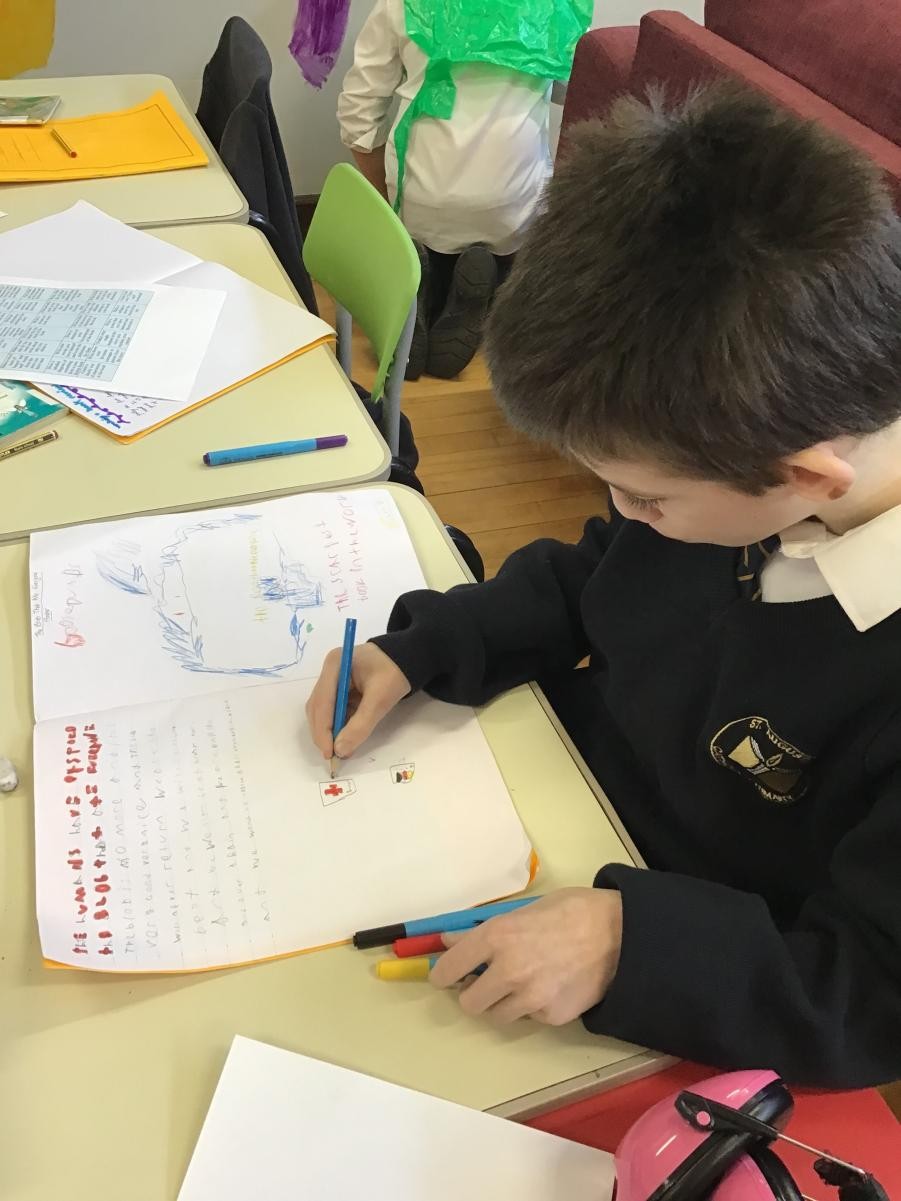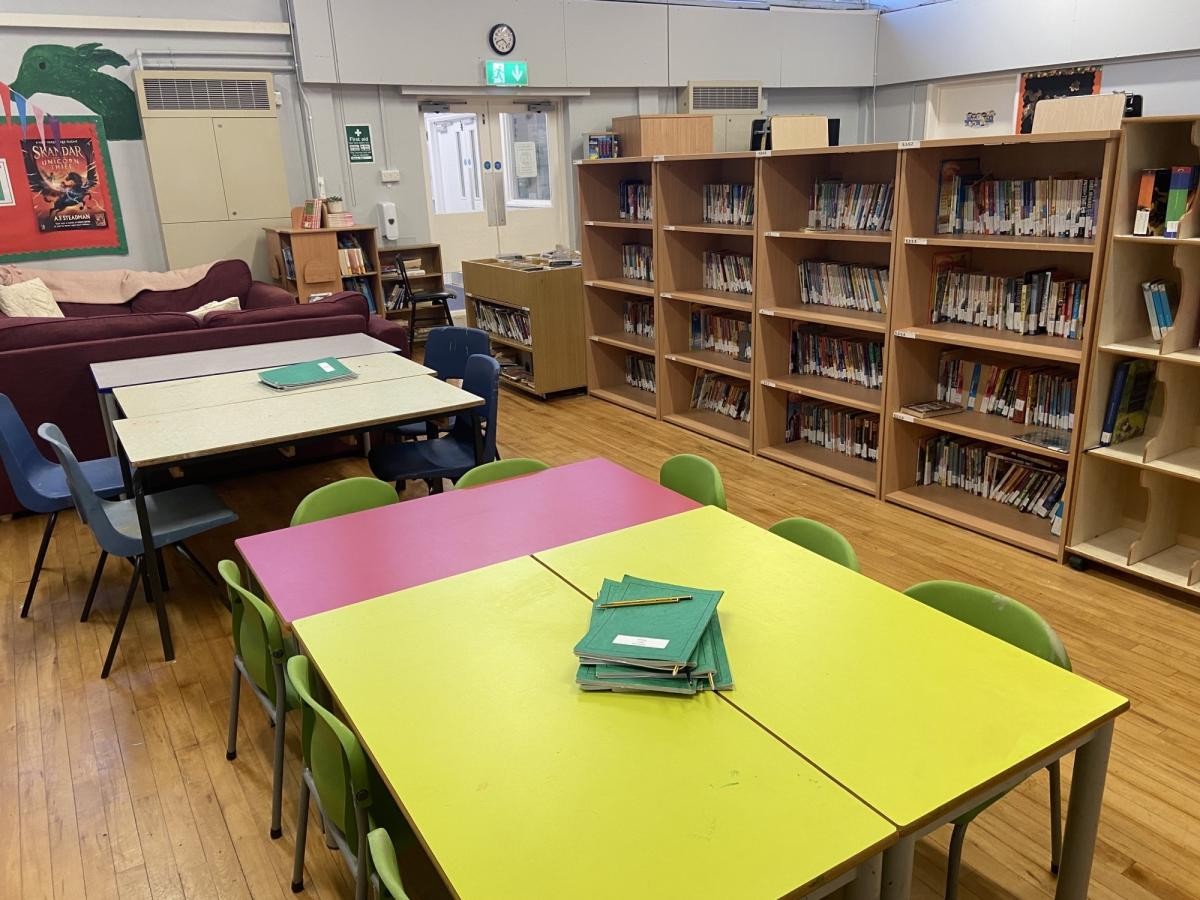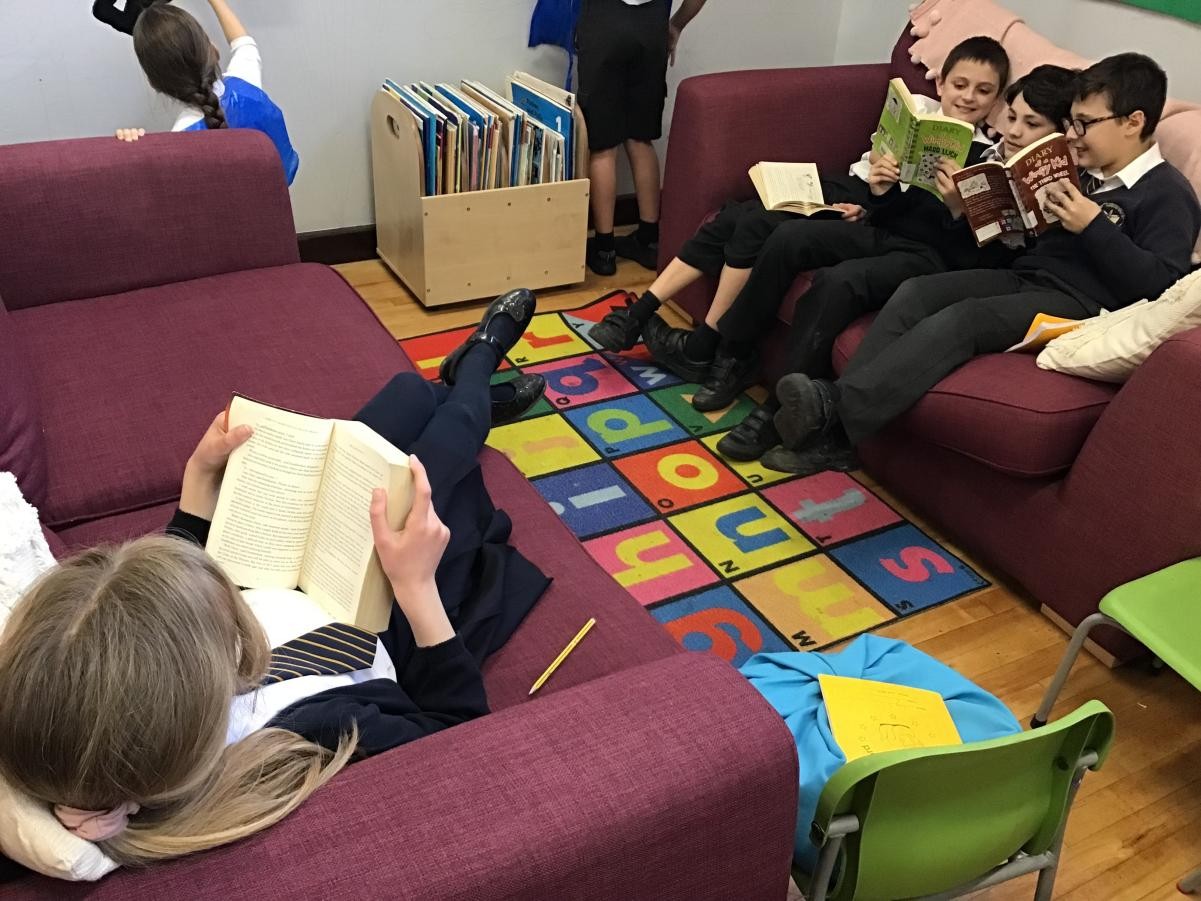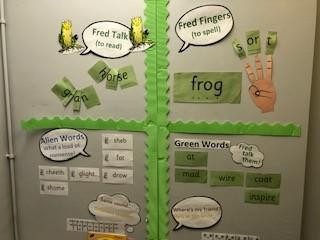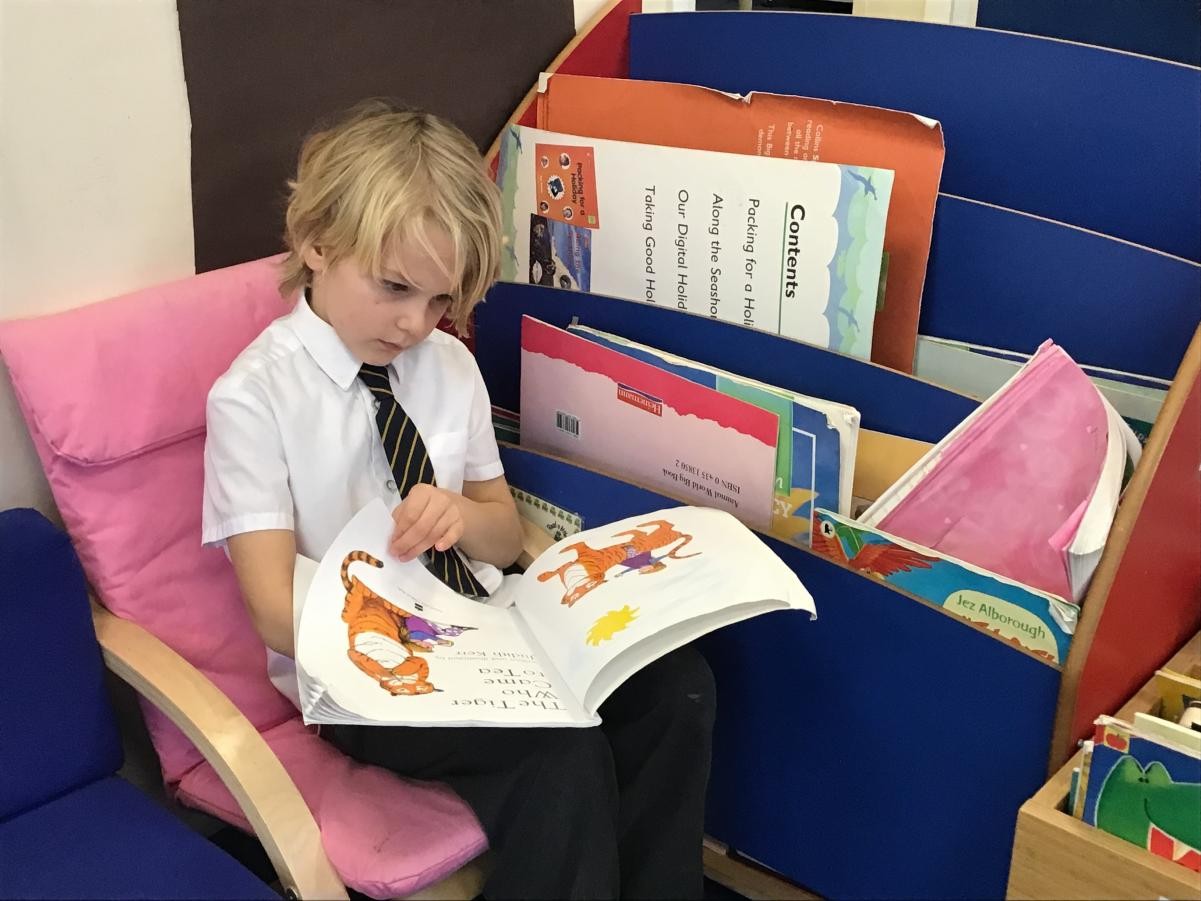Using the RWI phonics program we teach children to:
- read easily, fluently and with good understanding
- develop the habit of reading widely and often, for both pleasure and information
- write clearly, accurately and coherently, adapting their language and style in and for a range of contexts, purposes and audiences
In practice, children learn the 44 common sounds in the English language and are taught how to blend these sounds to decode (read) words. We start by teaching children to read and blend the first thirty Set 1 sounds. Once they have conquered this skill, they start reading stories and texts that have words made up of the sounds they know. This means that they can embed and apply their phonic knowledge and start to build their reading fluency. Once secure, children learn Set 2 and Set 3 sounds and then read texts with increasingly more complex sounds and graphemes. Throughout this process there is a focus on comprehension, reading with expression and reading for enjoyment.
Children are taught in small groups which reflect their phonic knowledge and reading fluency. We regularly assess children so that they are taught in a RWI group which matches their phonic knowledge. We make sure that pupils read books that are closely matched to their increasing knowledge of phonics and ability to read ‘tricky words’; so they experience early reading success and gain confidence that they are readers.
Our Read Write Inc 'Reading Leader' is Miss Mayes (Reading Lead and Deputy Head)
At the bottom of this page, you will find a range of documents, to help you and your child with their phonics/reading at home.
We deliver a Whole Class approach to reading which is used from Year 2 - Year 6. Teachers carefully select texts that link with the Curriculum Driver Topic and these are carefully planned for and resourced. Whole Class Reading takes place daily in addition to the one hour English lesson although opportunities are taken to enjoy texts in other curriculum subjects. During WCR, children access a text which may be challenging to them individually as they are supported. The teacher models the reading skills, strategies and recognition of words appropriate to NC expectations for their year group. Teachers should also ‘think aloud’, modelling their thought process and how they have reached conclusions. Discussion should help the children to reach a deeper understanding of the text. Whole class guided reading has a specific focus and all abilities should be included in discussions by differentiated questions.
Accelerated Reader and Star Reader
To support this further, we promote 'Reading for Pleasure' through the use of our new school library which supports our new reading schemes STAR reader and Accelerated Reader (AR). These are computer programs which will be used for children in Years 2-6. AR helps teachers manage and monitor children’s independent reading practise.
The link below will take you to the Accelerated Reader website where your child can log in and then take a quiz on a book they have read.

